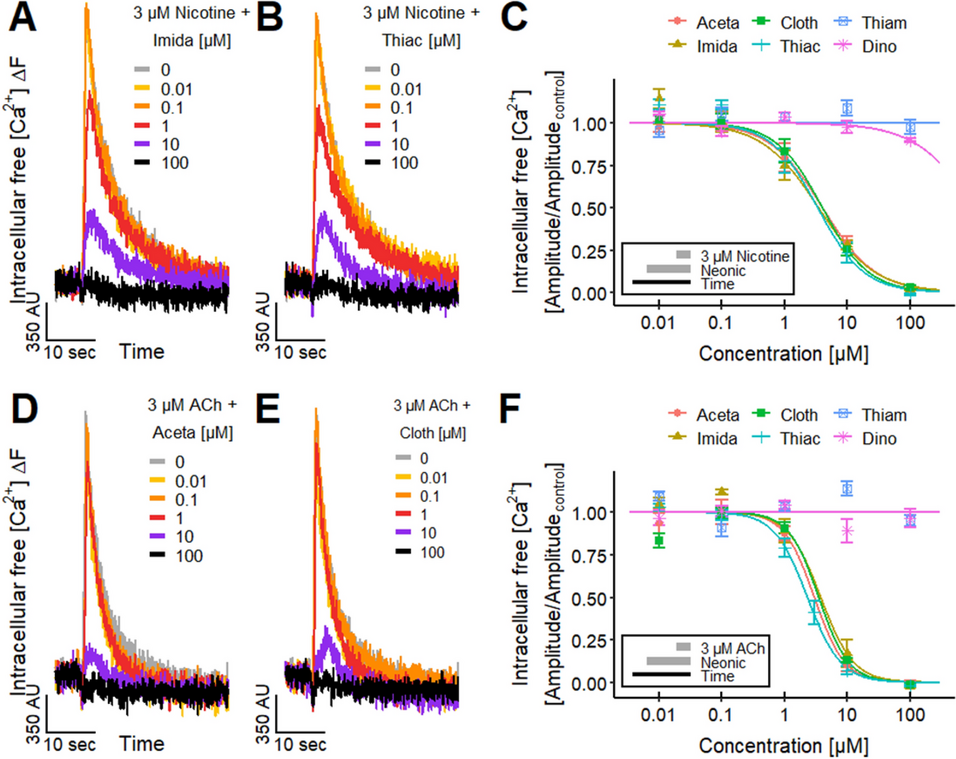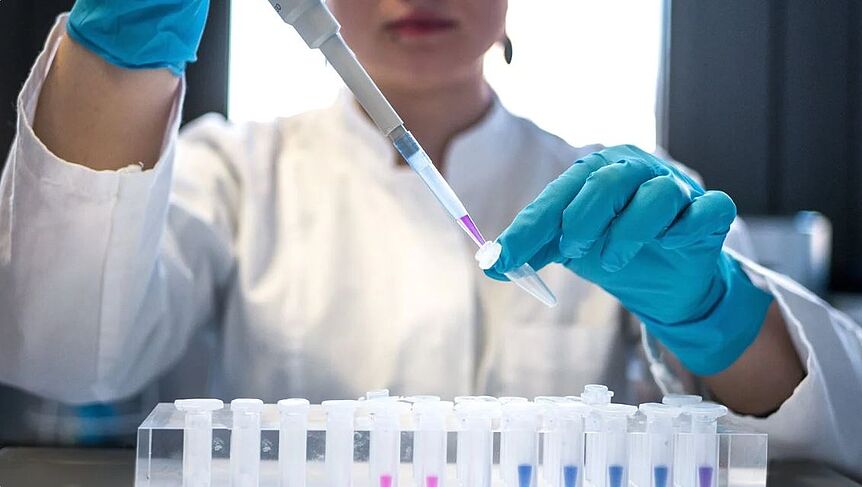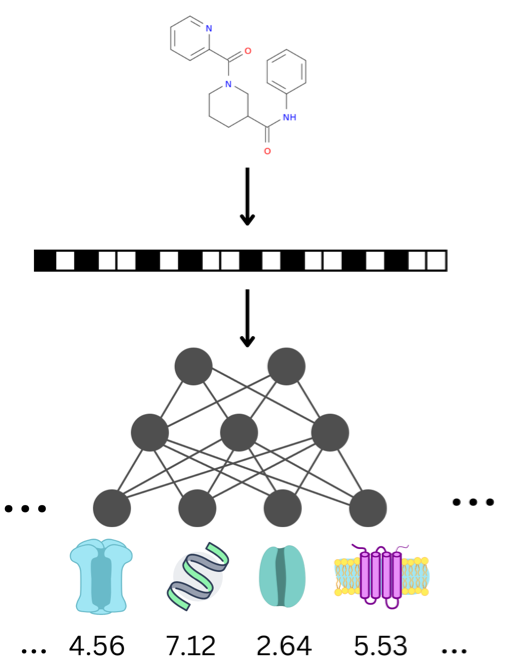Loser, D., Hinojosa, M.G., Blum, J. et al. Functional alterations by a subgroup of neonicotinoid pesticides in human dopaminergic neurons. Arch Toxicol (2021).
DOI
https://doi.org/10.1007/s00204-021-03031-1
Abstract
Neonicotinoid pesticides, originally developed to target the insect nervous system, have been reported to interact with human receptors and to activate rodent neurons. Therefore, we evaluated in how far these compounds may trigger signaling in human neurons, and thus, affect the human adult or developing nervous system. We used SH-SY5Y neuroblastoma cells as established model of nicotinic acetylcholine receptor (nAChR) signaling. In parallel, we profiled dopaminergic neurons, generated from LUHMES neuronal precursor cells, as novel system to study nAChR activation in human post-mitotic neurons. Changes of the free intracellular Ca2+ concentration ([Ca2+]i) were used as readout, and key findings were confirmed by patch clamp recordings. Nicotine triggered typical neuronal signaling responses that were blocked by antagonists, such as tubocurarine and mecamylamine. Pharmacological approaches suggested a functional expression of α7 and non-α7 nAChRs on LUHMES cells. In this novel test system, the neonicotinoids acetamiprid, imidacloprid, clothianidin and thiacloprid, but not thiamethoxam and dinotefuran, triggered [Ca2+]i signaling at 10–100 µM. Strong synergy of the active neonicotinoids (at low micromolar concentrations) with the α7 nAChR-positive allosteric modulator PNU-120596 was observed in LUHMES and SH-SY5Y cells, and specific antagonists fully inhibited such signaling. To provide a third line of evidence for neonicotinoid signaling via nAChR, we studied cross-desensitization: pretreatment of LUHMES and SH-SY5Y cells with active neonicotinoids (at 1–10 µM) blunted the signaling response of nicotine. The pesticides (at 3–30 µM) also blunted the response to the non-α7 agonist ABT 594 in LUHMES cells. These data show that human neuronal cells are functionally affected by low micromolar concentrations of several neonicotinoids. An effect of such signals on nervous system development is a toxicological concern.
Rights and permissions
Open Access This article is licensed under a Creative Commons Attribution 4.0 International License, which permits use, sharing, adaptation, distribution and reproduction in any medium or format, as long as you give appropriate credit to the original author(s) and the source, provide a link to the Creative Commons licence, and indicate if changes were made. The images or other third party material in this article are included in the article's Creative Commons licence, unless indicated otherwise in a credit line to the material. If material is not included in the article's Creative Commons licence and your intended use is not permitted by statutory regulation or exceeds the permitted use, you will need to obtain permission directly from the copyright holder. To view a copy of this licence, visit https://creativecommons.org/licenses/by/4.0/.
Keywords
Live-cell calcium imaging / Neurotoxicity / Nicotine / Desensitization / Molecular docking




